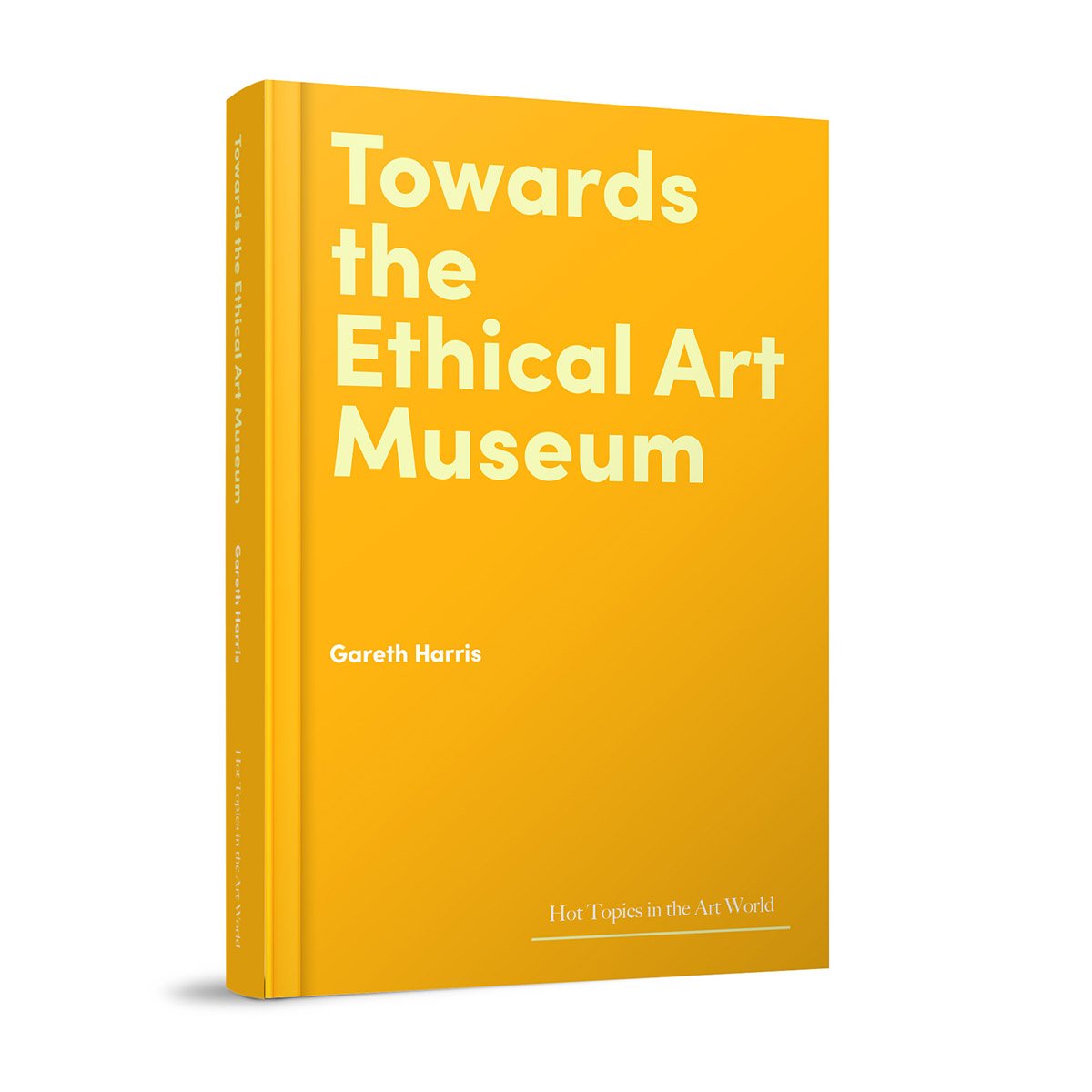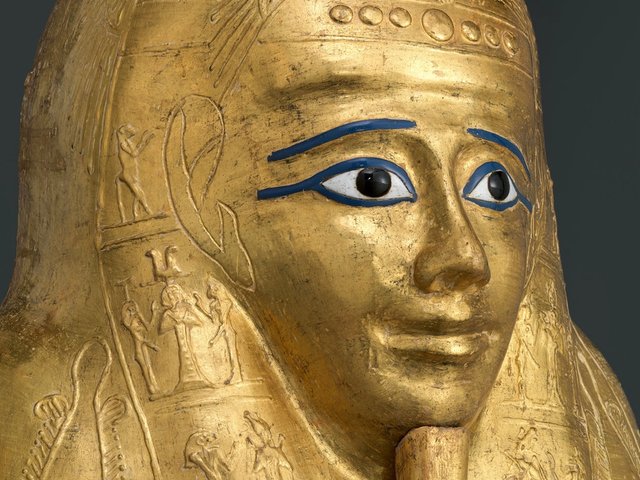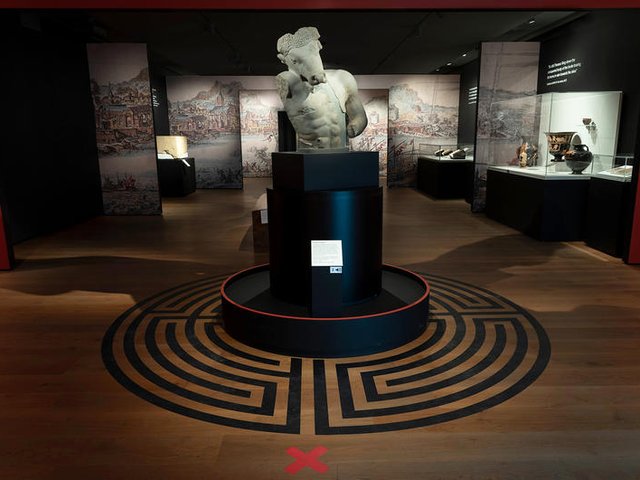Why write a book about museum ethics? In these tumultuous times there are any number of reasons—museums are navigating funding challenges, staffing issues and collections management conundrums. Indeed, there is constant debate about whom the museum serves and whether it is ultimately impossible for such institutions to represent all parts of society.
Towards the Ethical Art Museum, which is published next month, captures some of these complex ethical issues, and explores how museum leaders can deal with them in the context of an ever critical and evolving society. Below is just a little of what I’ve learned about how museums can further develop their approaches to ethics.
Develop ethics codes in tandem with advisory bodies and non-governmental organisations
Museum codes of ethics are often not fit for purpose and insufficient in isolation. Institutions should therefore consult with international and national non-governmental organisations such as the International Council of Museums (Icom)—although, pending the outcome of a long-awaited overhaul, Icom’s own code of ethics is also somewhat lacking (a final version of the revised code is due to be presented at the Icom general conference in Dubai in November; Icom members will vote on the new code at the annual meeting next June).
There are, however, more positive examples. US-based academic and ethics expert Janet Marstine stresses that the UK Museums Association’s (MA) 2016 code of ethics is a good benchmark because it is framed within three principles: public engagement and public benefit, stewardship of collections; and individual and institutional integrity. The code, which is itself currently undergoing revisions, is also linked to helpful case studies of everyday ethics that museums face.
In the US, the relationship between the equivalent body and institutions in each state is rather looser and more arm’s length. Referencing a code of ethics that was adopted in 1993 and last updated in 2000, Sally Yerkovich, the author of A Practical Guide to Museum Ethics says: “The American Alliance of Museums has a code that’s skeletal because they want every museum to develop its own code.”
Change the mindset on restitution
The issue of provenance is the most substantive and dominant dilemma faced by many western museums. And, as the discourse around decolonisation and repatriation continues to grow, can museums defend the universality argument?
Esme Ward, the director of Manchester Museum, UK, says that we currently frame restitution always in terms of losing something. Rather, it has to be reframed in terms of gaining something, and working towards mutually beneficial relationships.
One of the most significant collaborative museum projects to date—described by the Guardian as “a landmark example of cultural repatriation”—was undertaken by Manchester Museum in September 2023, when the institution handed over 174 items to the Australian Aboriginal Anindilyakwa community. As a university museum, Manchester Museum operates with a degree of autonomy outside of the stricter legislative decrees for national institutions. However, its restitution initiatives fuel the debate about how other institutions continue to vacillate behind legal frameworks.
Whether museums should keep Indigenous artefacts—from Native American items to Aboriginal sacred objects—is one of many strands in this multifarious discourse. A multitude of subsequent questions arise, including the extent to which museums balance serving their local communities with the need to, as Icom states, “reflect the cultural and natural heritage of the communities from which they have been derived”.
Be aware of ‘employee activism’
Contemporary institutions must also contend with the issue of what I call “employee activism”— that is, juggling internal activist concerns with the needs of external audiences. This issue is not yet recognised fully by the museum sector, and some museum leaders are not fully versed in building diverse and equitable workforces. However, I believe this issue will become more and more pressing in both the US and UK museum sectors
“In recent years, we’ve seen a shift in the relationship between museum employees and leadership, driven by social change, the elevation of DEAI [diversity, equity and inclusion] issues, and the entry of younger generations into the workforce,” says Tracy Lawrence, a leadership consultant who advises US museums and cultural institutions. “Gen Z workers, especially, have high expectations of leaders in issues of racial justice and sustainability.”
Lawrence stresses that most museum leaders were trained in the traditional, top-down model of management, which focuses on projecting an authoritative vision to employees, trustees and other stakeholders. “They may not be fully aware of the culture of toxic positivity that can flourish under such an authoritarian leadership style, and how it can preclude necessary change from happening,” she says.
Bolster museum ethics committees
Ethics committees at museums, especially in the UK, have become more important, becoming more embedded in the overall infrastructure of institutions. But based on my findings and research, they still operate at a distance from the inner workings of museums. An anonymous curator tells me: “Ethics committees function as responsive networks, not as proactive networks; that’s really good, but they’re not driving the agenda; they look at issues as they emerge, rather than anticipate them.”
Furthermore, trustees at some institutions do not always prioritise ethics issues, for instance, possibly because operational considerations take precedence. Governance overhauls, which might involve transforming boards and trustees, should be encouraged. Ethics committees should encompass precisely what is acceptable in relation to major donors—but note also that there is currently no golden template for ethical governance at museums.
Take a stance on working with authoritarian regimes
Working with countries with poor human rights records remains a divisive topic. In a world galloping towards the accommodation of questionable regimes such as those seen in Saudi Arabia, Russia and China, individuals and institutions are weighing up their priorities and possibly recalibrating their values. Such examples encapsulate the delicate and difficult position that western museums are in, facing multiple challenges on a myriad of fronts—culturally, financially and geopolitically.
Western museums can mask these challenging arrangements in educational and research terms, but the bottom line is that these new channels of engagement via emerging all-powerful cultural states can provide extra funding streams. Museums will increasingly need to decide if partnering with problematic regimes will cause “reputational damage” and, if so, where to draw the red line.
There are tentative ethical guidelines addressing collaboration with foreign powers, which is increasingly the “elephant in the room” for museums and curators. The UK Museums Association says in its Code of Ethics that “museums with activities outside the UK or dealings with foreign partners should consider the ethical dimension of their international engagements, including the backgrounds of partner organisations, any involvement in the illicit trade in objects, human rights issues and potential reputational risks for the wider museum sector”.
Institutions will, in time, draw up their own criteria for such collaborations—let us hope they are fit for purpose.
- Towards the Ethical Art Museum (Hot Topics in the Art World), by Gareth Harris, published by Lund Humphries/Sotheby’s Institute of Art
- Gareth Harris is chief contributing editor at The Art Newspaper




